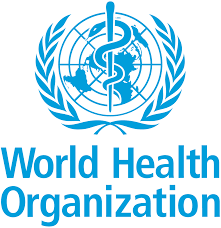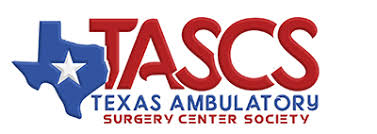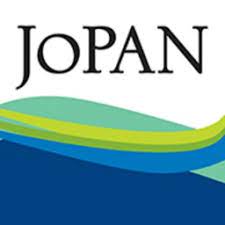 Periop Nursing
Periop Nursing
Standardized pathways cut costs, hospital days in pediatric surgery without raising complication rates

Editor's Note Standardized perioperative protocols can reduce hospital stays and costs for children undergoing surgery without affecting complication rates, JAMA Surgery August 20 reports. As detailed in this original investigation, the researchers evaluated the Minimizing Variance in Pediatric Surgery (MViPS) program, a fellow-led initiative launched in 2013 across two academic…
Artificial disc replacement proves safe, efficient, cost-saving in outpatient spine surgery

Editor's Note Artificial disc replacement (ADR) in the cervical spine can be performed safely, efficiently, and cost-effectively in outpatient/ambulatory surgery centers (ASCs), Ortho Spine News July 31 reports. The article details research from Steven J. Girdler, MD, of DISC Surgery Center, who reviewed 6 years of data from 1,043 patients…
Global nursing workforce grows but inequities jeopardize health progress

Editor's Note The global nursing workforce has expanded to 29.8 million, up from 27.9 million in 2018, but stark disparities in nurse distribution threaten progress toward universal health coverage and global health security, according to a May 12 World Health Organization (WHO) news release announcing the State of the World’s…
Perioperative medication decisions need individualized risk-benefit approach
Editor's Note Medication management in the perioperative period is often made without robust evidence, requiring clinicians to balance surgical safety with the risks of interrupting treatment, according to expert guidance presented at the annual Perioperative Medicine Summit. Paul Grant, MD, of the University of Michigan Medical School, noted most medications…
ASC drill success hinges on preparation, adaptability, clear roles

Editor's Note Running effective emergency drills in ambulatory surgery centers (ASCs) requires strategic resource use, role clarity, and consistent adaptation, Texas Ambulatory Surgery Center Society July 8 reports. Drawing on insights from Laura Schneider, senior clinical director at AMSURG, the piece outlines practical steps to ensure ASCs can respond effectively…
Major study clarifies risks, severity of perioperative pulmonary aspiration

Editor's Note Preliminary results from a nearly million-case review reveal that perioperative pulmonary aspiration, while feared, is rare but potentially deadly. According to a February 4 Anesthesiology News report, researchers found an overall incidence of 1 in 5,572 anesthesia cases, with aspiration-related mortality at about 1 in 67,000. As detailed…
Wisconsin expands nursing practice authority

Editor's Note Wisconsin nurses—including Certified Registered Nurse Anesthetists (CRNAs)—gain more autonomy under legislation signed August 8 by Governor Tony Evers, according to an August 8 report in the Milwaukee Journal Sentinel. Under the new legislation, nurse practitioners, clinical nurse specialists, CNRAs and certified nurse-midwives who meet certain qualifications may obtain…
Understanding nurse responsibilities in managing postoperative agitation, delirium
Editor's Note A recent article in AORN Journal underscores the need for vigilance and thorough documentation to manage postoperative mental status changes and prevent harm to both patients and staff. As detailed in the article, cognitive disturbances such as delirium and agitation can complicate recovery after surgery. Delirium is characterized…
Two ASC employees charged after interfering with ICE arrest in viral incident

Editor's Note Two workers at an ambulatory surgery center (ASC) are facing federal charges after allegedly interfering with an Immigration and Customs Enforcement (ICE) arrest, The Independent July 27 reports. The federal agents reportedly arrested one of the workers and are pursuing the other after both were accused of assaulting…
Psychological therapy results vary by intervention in acute pain care, review shows

Editor's Note Psychological interventions such as hypnosis, music therapy, and cognitive behavioral therapy (CBT) may reduce acute pain in clinical settings, though statistically significant effects were found only in some studies, according to a July 16 scoping review published in The Journal of PeriAnesthesia Nursing. Hypnosis was the most adaptable…

 Free Daily News
Free Daily News